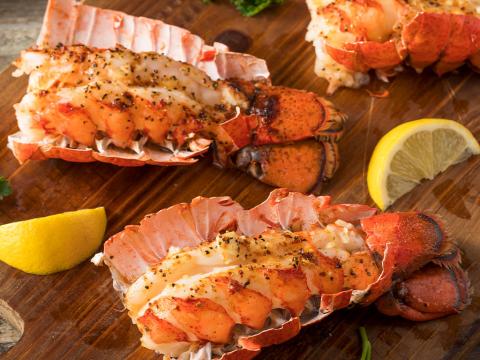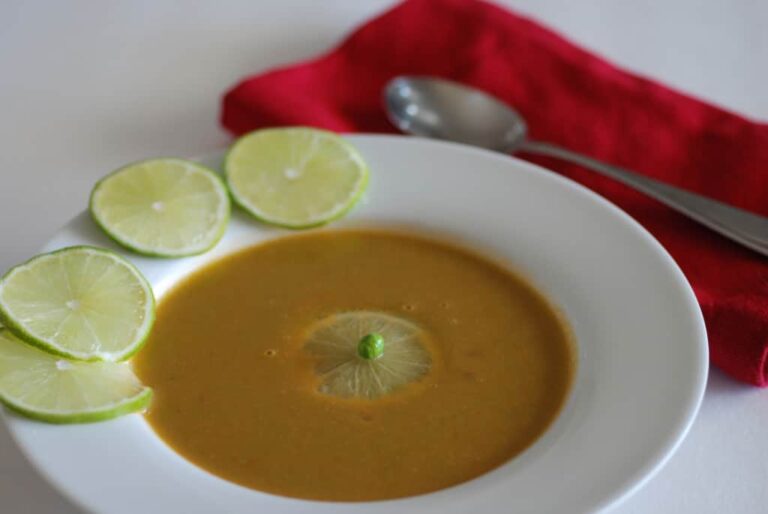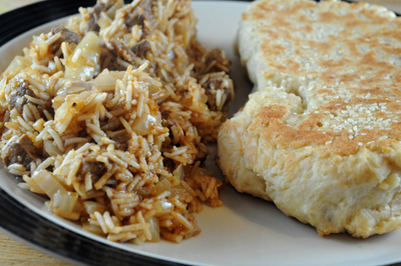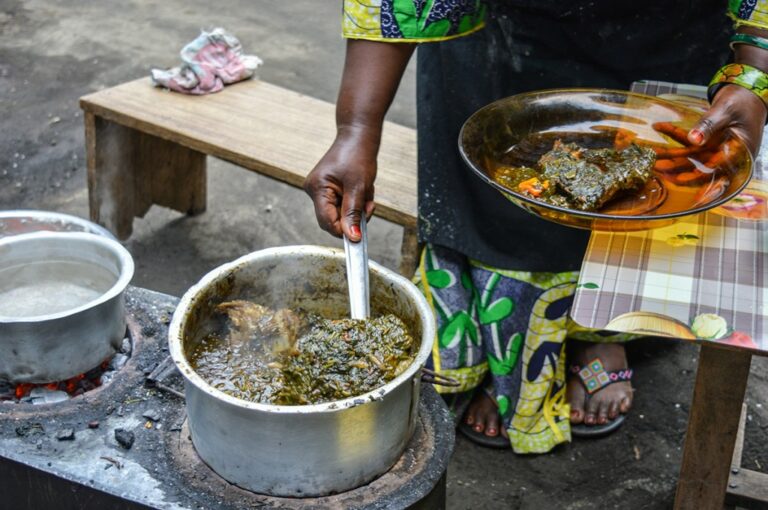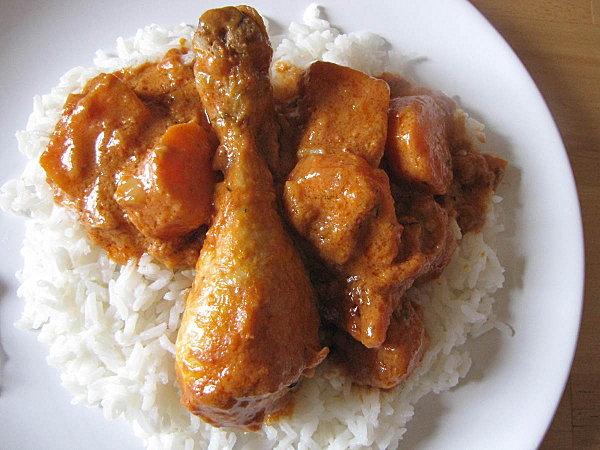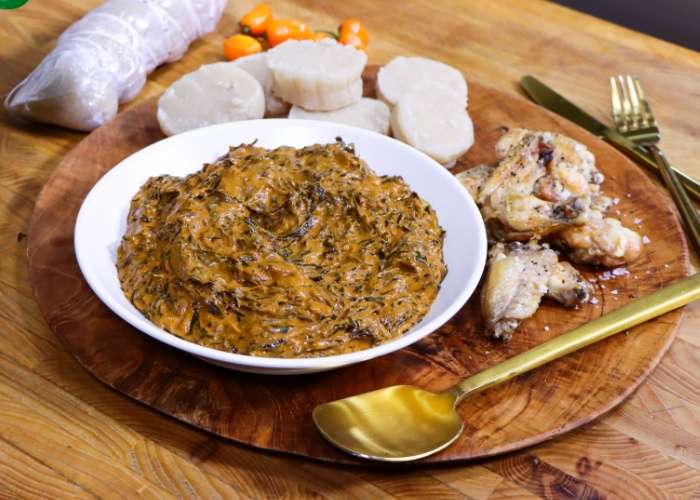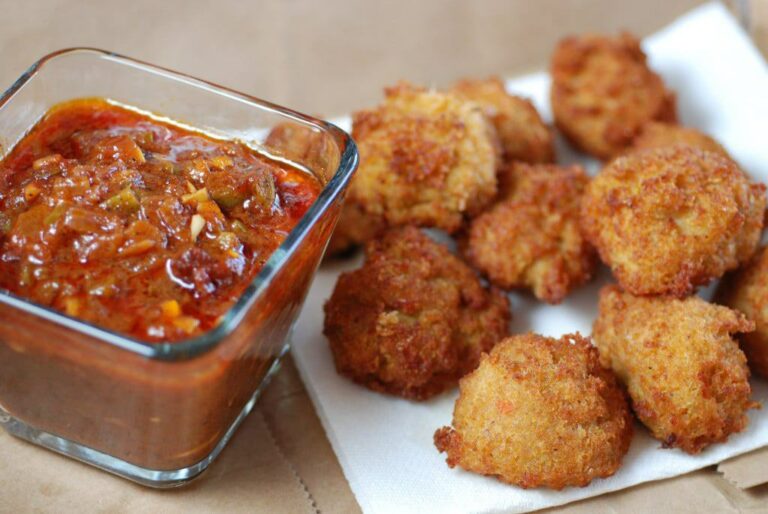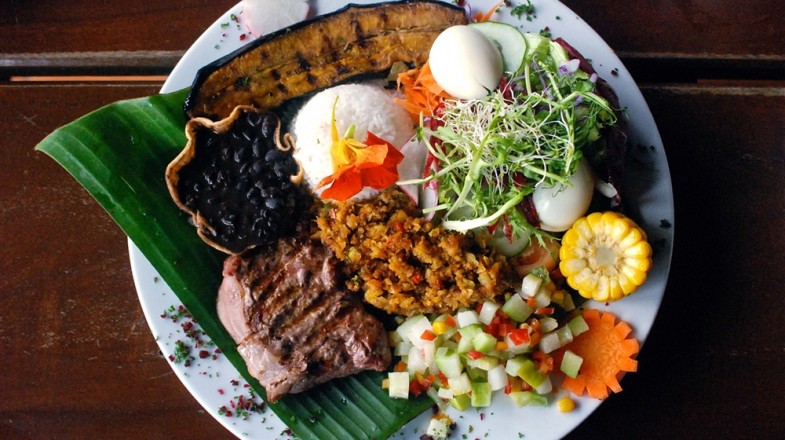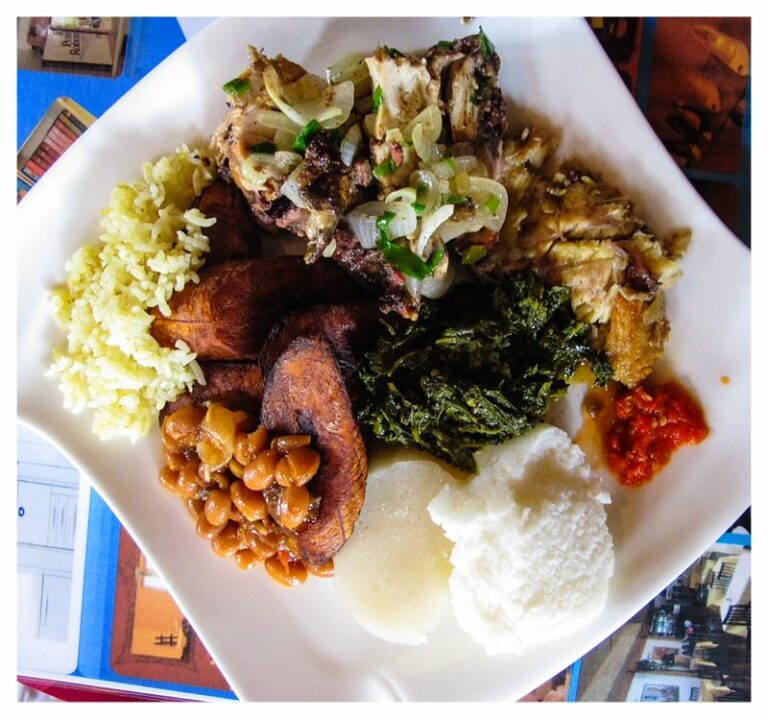Introduction: Comoros’ culinary culture
Comoros is an archipelago located off the eastern coast of Africa in the Indian Ocean. The country is made up of three main islands, each with its own unique cultural history, including in its cuisine. Comorian cuisine has been influenced by African, Arabic, and Indian flavors, creating a delicious and diverse range of dishes. Traditional snacks and appetizers are an important part of the Comorian culinary culture, and are often enjoyed during social gatherings and special occasions.
The influence of African, Arabic and Indian cuisine
Comorian cuisine is a fusion of African, Arabic, and Indian flavors, reflecting the country’s diverse cultural heritage. The use of spices is common in Comorian cuisine, and can be traced back to the country’s Arabic and Indian influences. African flavors are also present in Comorian cuisine, with dishes such as langouste being a local favorite. Coconut milk is a common ingredient in many Comorian dishes, adding a unique sweetness to savory dishes.
Mandazi: a popular fried bread snack
Mandazi is a popular snack in Comoros, and is often eaten for breakfast or as a midday treat. The snack is made from a dough of flour, sugar, yeast, and coconut milk, which is then cut into triangles and deep-fried until golden brown. Mandazi is often served with tea or coffee, and can also be enjoyed with sweet or savory dips.
Mataba: a savory pancake with coconut milk
Mataba is a savory pancake that is made with coconut milk and filled with a mixture of meat or vegetables. The pancake is typically made with cassava flour, which gives it a unique texture and flavor. Mataba is often served as an appetizer or a light meal, and is a delicious way to sample the flavors of Comorian cuisine.
Sambusa: a triangular pastry filled with spiced meat
Sambusa is a popular snack in Comoros that is similar to samosas found in other parts of the world. The pastry is typically made with a filling of spiced meat or vegetables, and is then folded into a triangle shape and deep-fried until crispy. Sambusa is often served as an appetizer or a snack, and is a delicious way to sample the spices and flavors of Comorian cuisine.
Langouste: a local crayfish served with rice
Langouste is a local crayfish that is often served with rice in Comoros. The crayfish is typically grilled or fried, and is seasoned with a blend of spices that includes cumin, coriander, and garlic. Langouste is a popular dish in Comoros, and is often served during special occasions and celebrations.
Nkowe: a sweet fried doughnut with coconut
Nkowe is a sweet fried doughnut that is made with coconut milk and flour. The doughnut is typically rolled in sugar and cinnamon, giving it a delicious sweet and spicy flavor. Nkowe is often served as a snack or as a dessert, and is a popular treat for both children and adults.
Bouchons: deep-fried balls of cassava with spices
Bouchons are deep-fried balls of cassava that are seasoned with a blend of spices, including cumin, coriander, and garlic. The balls are typically served as an appetizer or a snack, and are a delicious way to sample the flavors of Comorian cuisine. Bouchons are often served with a dipping sauce made from tomato, onion, and chili peppers, adding an extra layer of flavor to this tasty treat.

